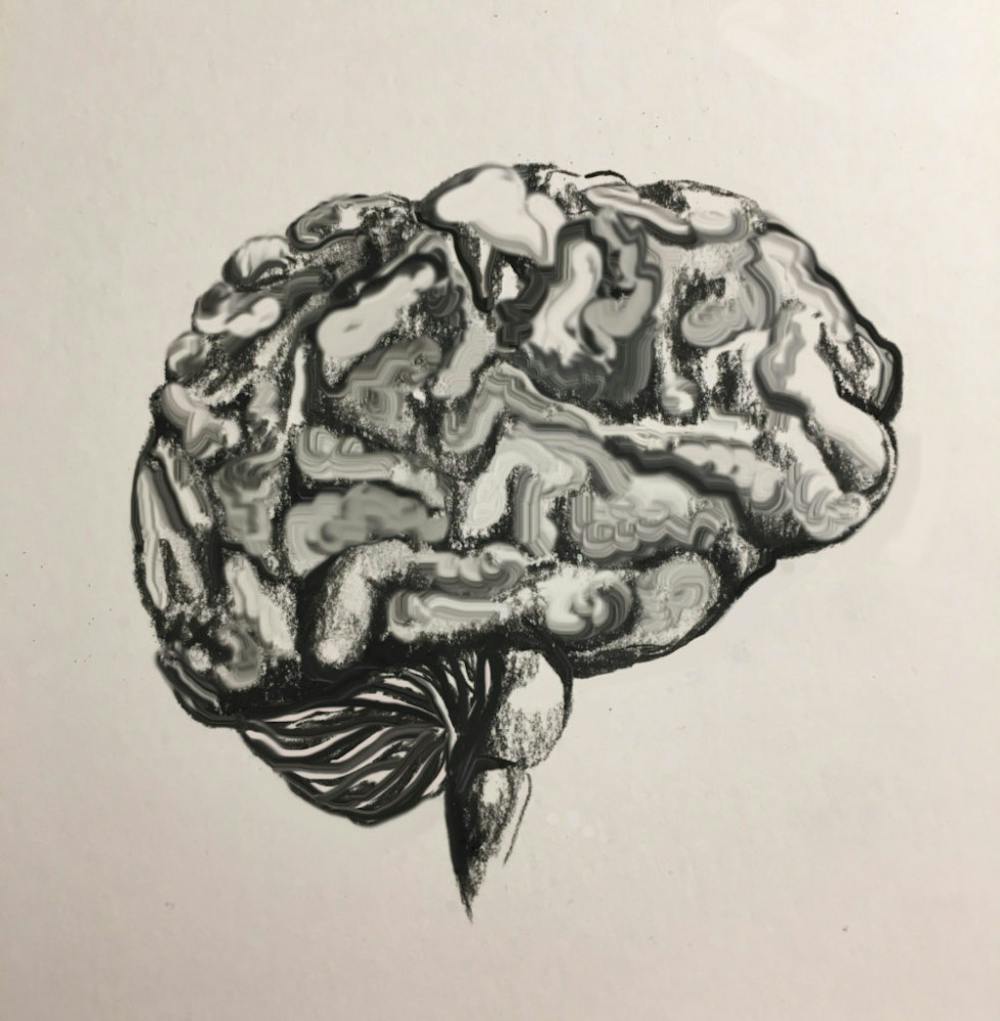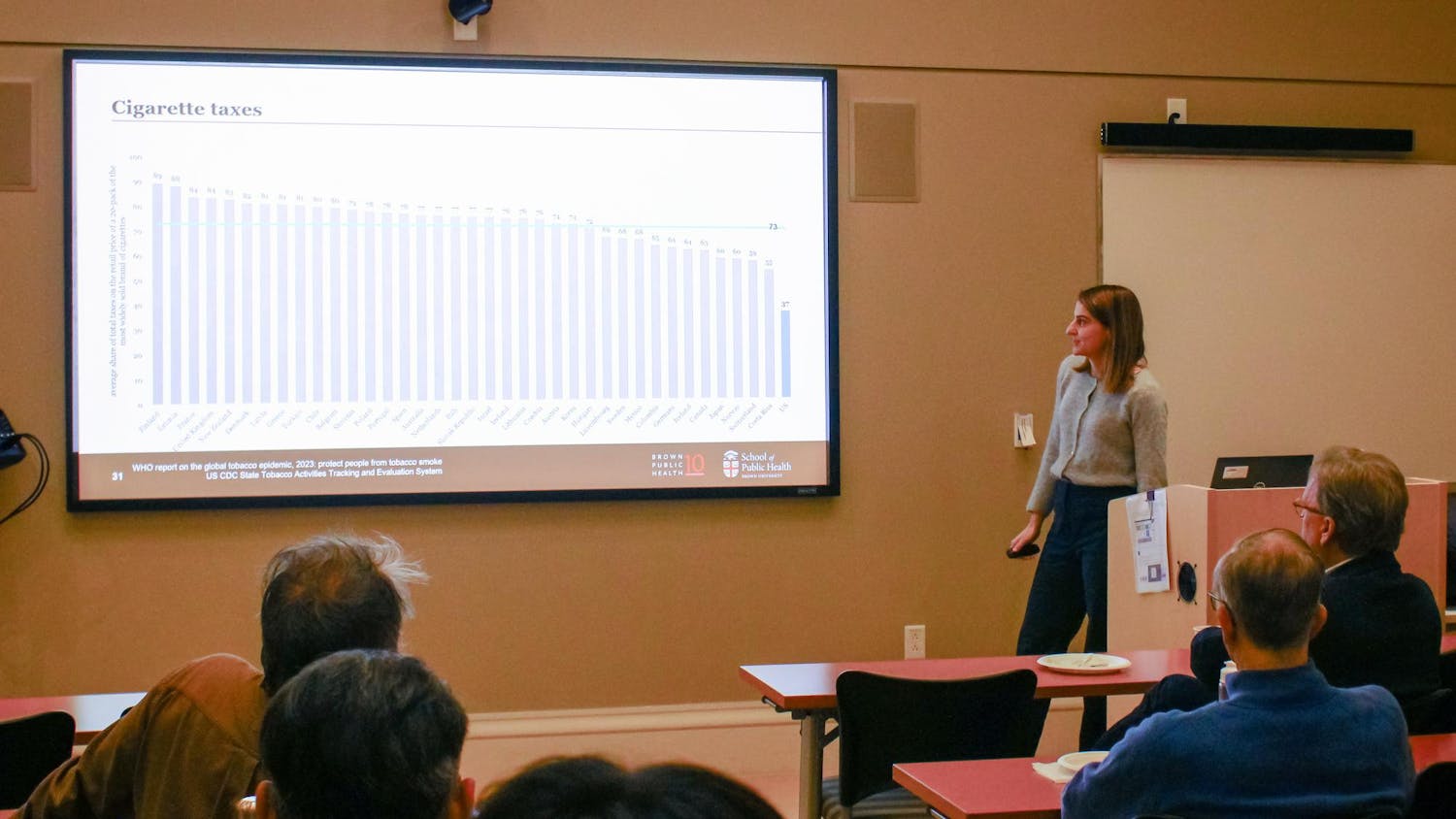In a May study published in Nature, the BrainGate research consortium — which includes researchers from Brown, Stanford University and Case Western Reserve University — presented a new system of brain-to-text communication via attempted handwriting, which turns thought into text through brain implants.
The brain computer interface involves two electrode arrays the size of aspirin pills, said Frank Willet, a scientist at Stanford and the study’s lead author. The arrays, which contain hundreds of electrodes, were then implanted onto the motor cortex of the 65-year-old trial participant’s brain.
The participant, who is paralyzed in the upper and lower limbs of his body, attempted to use his hand to write. The letters intended to be written by his hand have a neural signature in the form of electrical signals that can be converted into letters by a computer algorithm, said Leigh Hochberg ’90, professor of engineering at the University. Hochberg also serves as a director of the center for neurotechnology and neurorecovery at Massachusetts General Hospital and the Providence Veteran Affairs Medical Center.
This study departs from previous approaches to brain-to-text communication, Willet said, which mainly used neural signals from participants attempting to point and click.
The new method of “typing” by imagining writing letters allowed participants to type at a rate faster than what was possible before, Hochberg said.
The new speed of more than 90 characters per minute is comparable to the average smartphone typing speed of 115 characters per minute for the participant’s age group, according to Willet. “That’s twice as fast as the previous record of text generation through direct brain control,” which was 40 characters per minute, he added.
“90 characters per minute is a really impressive improvement in performance,” Associate Professor of Physical Medicine and Rehabilitation at the University of Pittsburgh Jennifer Collinger said. Researchers in the field have learned a lot of information about the “imagined pen temporal trajectory,” or brain-to-text communication through imagined letters, added Collinger, who is involved in researching brain computer interface technology.
Utilizing distinct neural signatures has many implications for other technological advances in the field, Collinger said. In addition to decoding neural activity to restore written communication in paralyzed patients, the researchers hope to build on this study and one day restore speech and mobility in patients, Hochberg said.
BrainGate’s larger mission “is to restore communication, mobility and independence in people with paralysis,” Hochberg said. BrainGate is focused on helping patients with paralysis in the limbs, spinal cord injury, stroke and ALS, he added.
The study is part of an ongoing clinical trial. “The incredible participants at BrainGate join not for personal benefit, but to help develop and test technology that can help others with paralysis,” Hochberg said. “It’s a real privilege for all of us at Brown to be able to work with them.”

Jared is a Senior Staff Writer for Science and Research. He is a senior from Albuquerque, New Mexico studying physiology and biotechnology. Outside of The Herald he likes to fish, ride bikes and research the role of metals in human health and disease.





